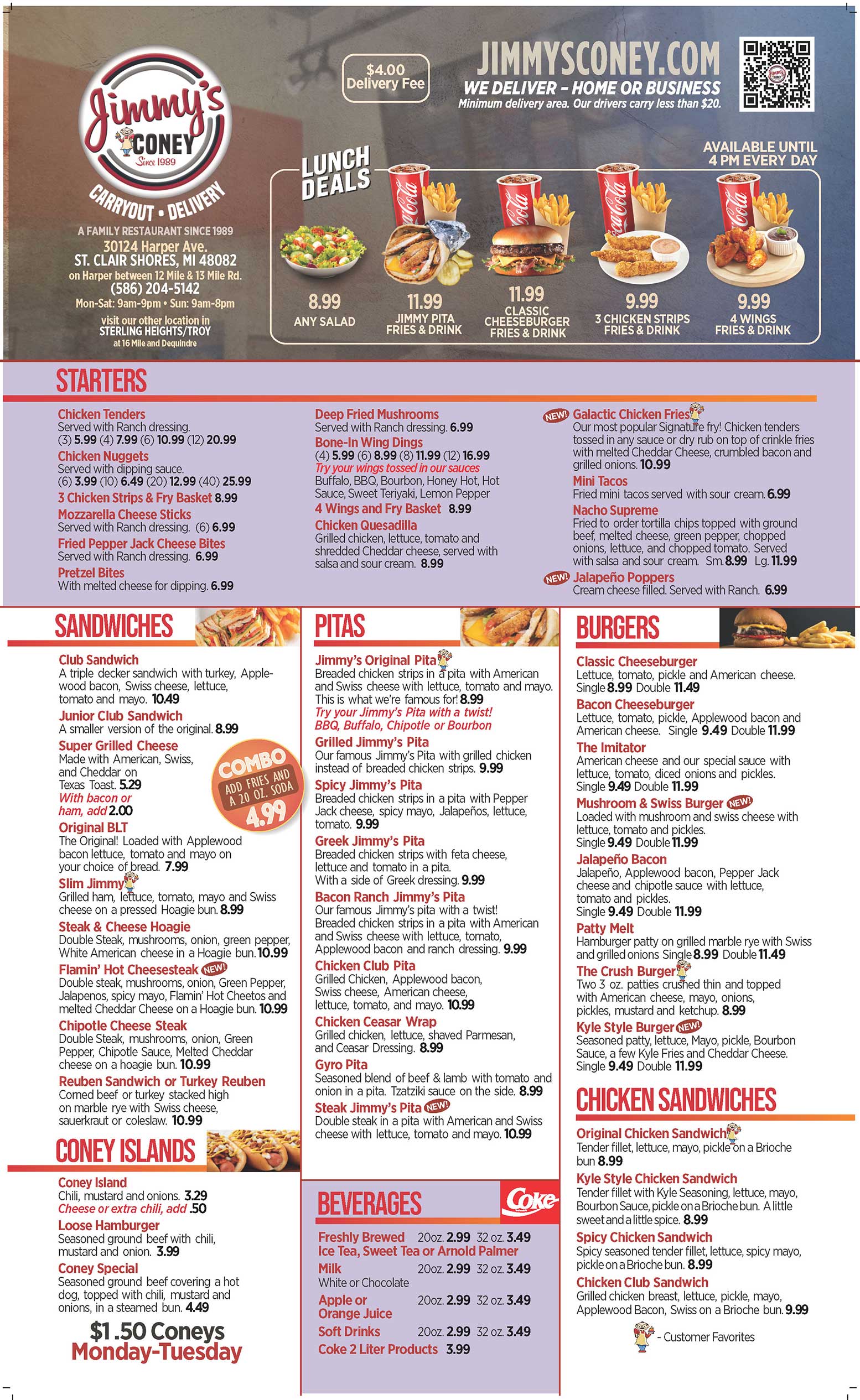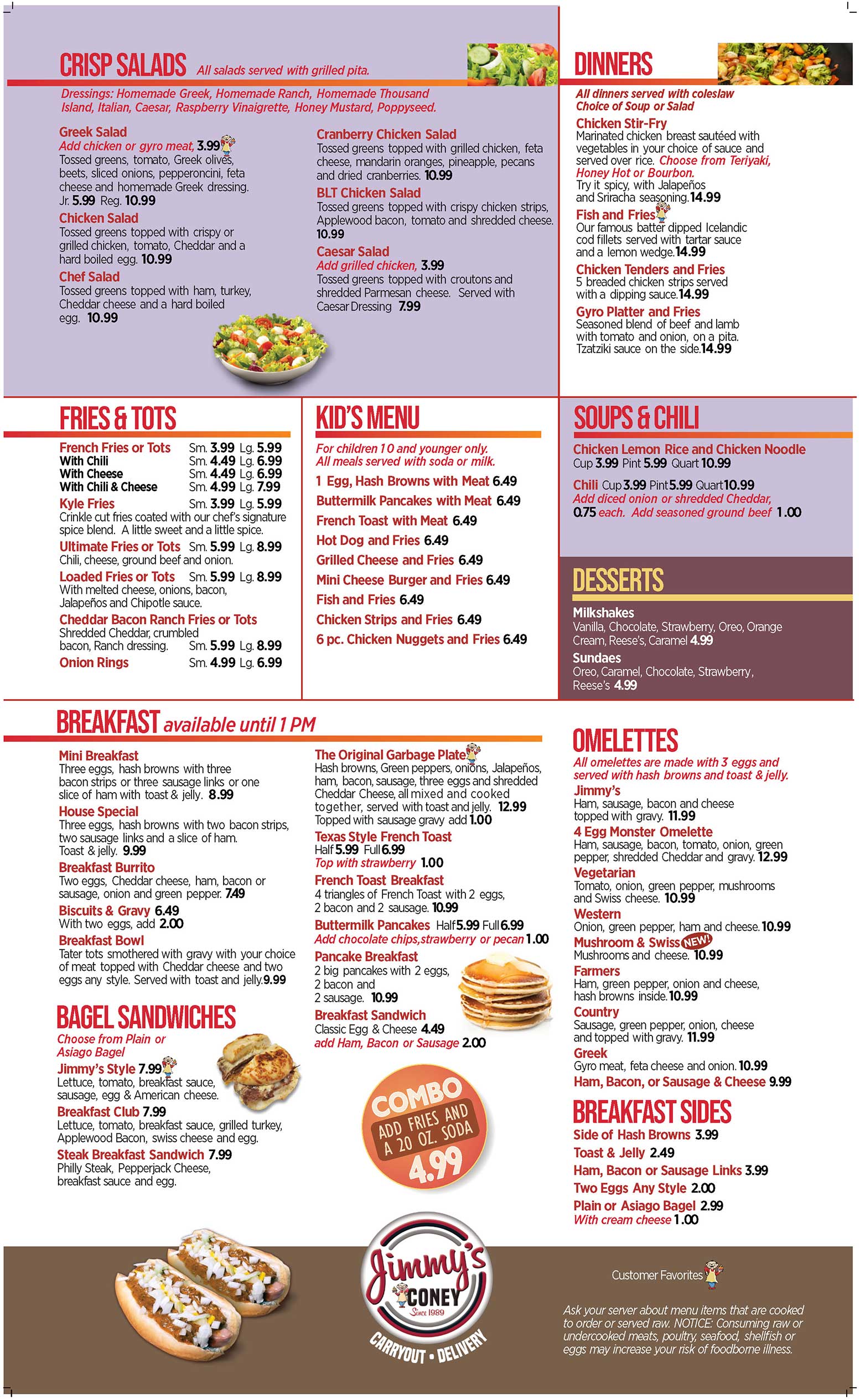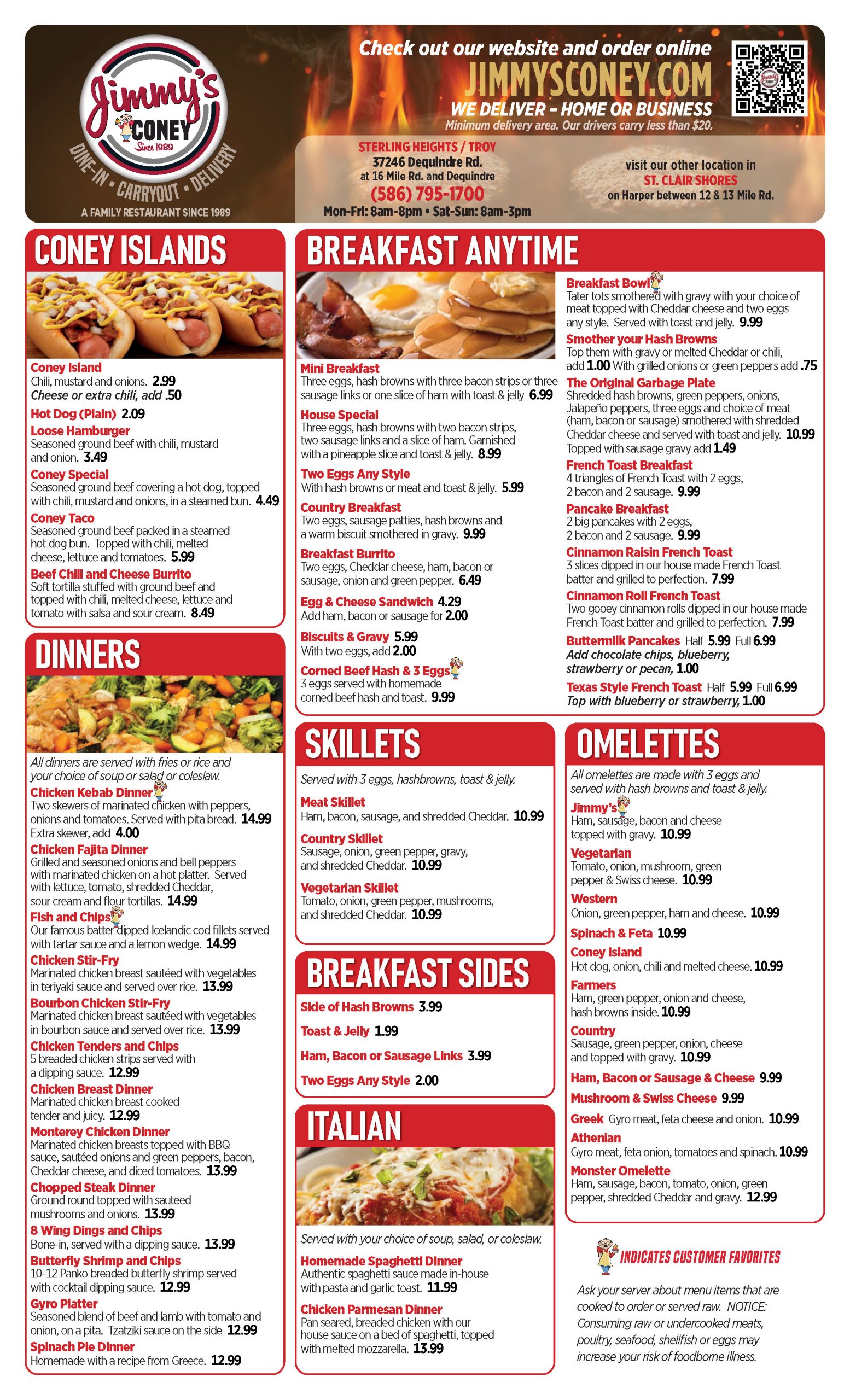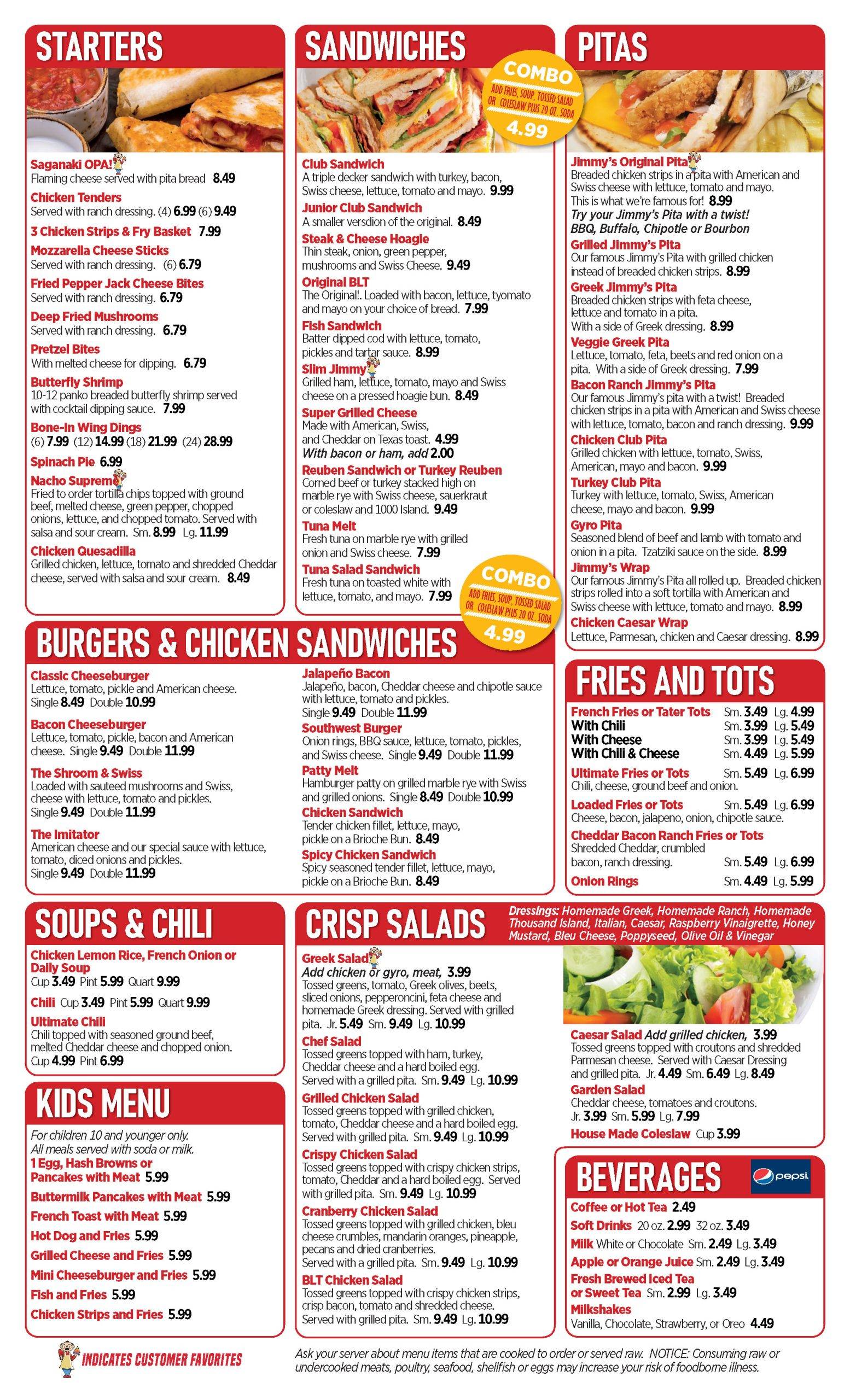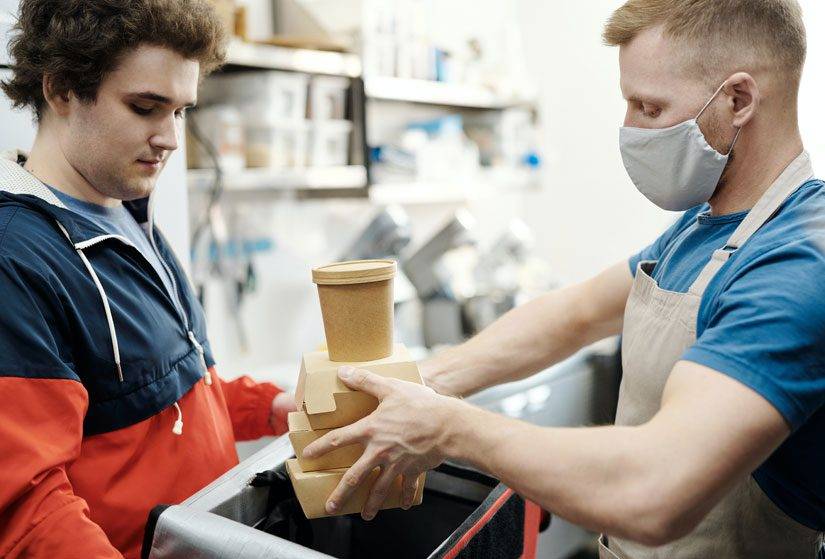
The Michigan Occupational Safety and Health Administration has issued a number of guidelines and restrictions regarding restaurant patronage that all residents of the state as well as visitors must adhere to in order to maintain public safety and continued good health. First of all, it is still required that face masks be worn when visiting a restaurant, and these masks must remain in place, except for those times when patrons are actually eating or drinking food and beverages which have been served.
All patrons must be socially distanced at least six feet apart from other guests of the restaurant, which means tables must be arranged so there is adequate spacing between customers. It is not permitted for patrons to gather in a common area, for example to engage in singing or dancing activities. Indoor dining capacity may not exceed 50% of normal capacity, so as to reduce the number of patrons in the establishment at any given time, thereby also reducing the possibility of exposure.
If any employee of a specific restaurant shows symptoms consistent with COVID-19, the establishment must be shut down until a deep cleansing has occurred, following the cleaning rules issued by the MIOSHA. Only after this cleaning has taken place will it be permitted for the restaurant to open up and resume the conduct of business, and for patrons to be served once again.
Preparedness and Response Plan
Every business establishment must have a Preparedness and Response Plan, which can be implemented in the event that potential exposure to coronavirus has occurred. This Plan must include a method to determine whether employees have been exposed, and must include methods for the prevention of employee exposure. These should include engineering controls, administrative controls, basic infection prevention tactics, training, health monitoring, and the wearing of appropriate personal protective equipment. Furthermore, it is the responsibility of the employer to make this plan easily accessible to all employees of the restaurant, so its provisions can be generally known and practiced.
Engineering controls
Engineering controls refers to those measures which include the physical reduction of exposure potential such as increasing the ventilation rate in the establishment, and introducing high efficiency air filters. It also entails the usage of physical barriers such as clear plastic walls between tables and patrons, as well as sneeze guards to prevent the spread of fluids. It may also include a drive-through window if the restaurant chooses to conduct business on a limited-contact basis. All these tactics are physical things which can be done to limit the spread of any bacteria, and to ensure the health of patrons.
Administrative controls
Some of the administrative controls which restaurants can exert so as to positively influence the behavior of employees is to restrict or discontinue any non-essential business travel, and to promote remote work wherever that might be feasible. It should also encourage handwashing frequently as well as the use of hand sanitizers, and employees must be trained and encouraged to follow this practice as part of their daily routines. It is recommended that a rotating shift schedule is implemented so as to reduce the number of employees actually on the premises at any given time. Wherever possible, break times and mealtimes should be staggered so that employees do not gather in a break room together. Any signs or posters which can be used to reduce or eliminate traffic and congestion should be posted prominently throughout the establishment.
Infection prevention measures
Restaurant employers should encourage sick employees to stay at home rather than reporting to work, and all workers should be prohibited from using any equipment commonly used by other employees at the establishment. Hand sanitizer which contains at least 60% alcohol should be used when soap and water are unavailable or impractical. All individuals associated with the establishment should be encouraged to wash their hands frequently and thoroughly, and the means to do so must be provided.
Health monitoring
Employers should have a program in place which allows for the self-screening of employees as they enter the workplace each day. Employees must be asked whether or not they have exhibited any symptoms of coronavirus, and whether or not they have been in contact with any individuals suspected of having contracted the disease. It is also strongly encouraged for all employees to have their temperature taken upon entry of the establishment.
Personal protective equipment
Restaurant owners must provide employees with all appropriate equipment necessary for self-protection. This equipment must be regularly inspected and maintained or replaced as needed, and should be properly removed and cleaned or disposed of, so as to prevent the potential contamination of others or the work environment. By having all employees and employers comply with these directives, the environment created for patrons will be much healthier and safer, and the likelihood of having anyone become infected will be minimized.

